Fake Lao Tzu Quote
"New beginnings..."
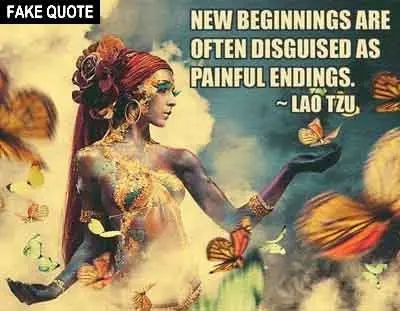
This is NOT a quote from Tao Te Ching:
"New beginnings are often disguised as painful endings."
The Book
The Taoism of Lao Tzu Explained. The great Taoist philosophy classic by Lao Tzu translated, and each of the 81 chapters extensively commented. Click the image to see the book at Amazon (paid link).
More about the book here.
|
This is a rather complicated way of stating that after rain comes shine. Well, it does have the added meaning that a beginning can seem like an end. Still, it is not something Lao Tzu would have stated.
In his world there was nothing new, and if there was he would be very hesitant to praise it. He talked repeatedly about the need for mankind to return to the ways and wisdom of old. The perspective of endings and new beginnings was simply neither interesting nor relevant to him. The last lines of chapter 14 in Tao Te Ching state it clearly (my version):
Hold on to the ancient Way to master the present,
And to learn the distant beginning.
This is called the unbroken strand of the Way.
The quote examined here, falsely accredited to Lao Tzu, appears all over the Internet. I bet it's a quote from someone else, but I have not been able to track its origin.
|
90 of the most spread false Lao Tzu quotes, why they are false and where they are really from. Book by Stefan Stenudd. Click the image to see the book at Amazon (paid link).
More about the book here.
|
The first mention of the quote I found on the web was in a blog post from March 15, 2008. It stated Lao Tzu as the author, but gave no reference to the source. The earliest appearance on Facebook was a post from March 29, 2010. It didn't name any author. In 2011, there were suddenly lots of Facebook posts with the quote, and most of them assigning it to Lao Tzu. On Goodreads, where the quote is also ascribed to Lao Tzu, it got its first like in July 2013.
A Google book search shows no mention of the quote before those dates, actually not after them either.
A slight variation of the quote, also accredited to Lao Tzu, is "observe how endings become beginnings." That is from chapter 16 of a version of Tao Te Ching in Living the Wisdom of the Tao, by Wayne W. Dyer, 2008, page 32. This is how Dyer translated the whole sentence:
Amidst the rush of worldly comings and goings,
observe how endings become beginnings.
It is far from the wording in Lao Tzu's text, but not unfathomable. Here is my version of the same lines:
All things arise in unison.
Thereby we see their return.
Robert G. Henricks in 1989 wrote, using the Chinese expression "ten thousand things," which simply means everything there is (page 218):
The ten thousand things — side-by-side they arise;
And by this I see their return.
Lao Tzu did seem to speak of the cyclic nature of the world. The next lines make it even clearer: "All things flourish, and each returns to its source." But he did not regard this process as painful.
I seriously doubt it, but if there is some strange version of Tao Te Ching from which the quote discussed here is fetched, then it is most likely to be of the same lines in chapter 16. But that would still be a wording so far off from Lao Tzu, the quote must be regarded as fake.
For more about Wayne W. Dyer and his interpretations of Tao Te Ching, see the chapter Every human being's essential nature.
Stefan Stenudd
April 2, 2017, revised September 9, 2020.
There are many more fake Lao Tzu quotes examined on this website.
Click the header to see a list of them.
Click the header to read a "fake" interview with Stefan Stenudd, the author of
Fake Lao Tzu Quotes.
My Taoism Books
Click the image to see the book at Amazon (paid link).
The Taoism of Lao Tzu Explained. The great Taoist philosophy classic by Lao Tzu translated, and each of the 81 chapters extensively commented.
More about the book here.
The Ancient Wisdom of the Tao Te Ching by Lao Tzu. 389 quotes from the foremost Taoist classic, divided into 51 prominent topics. Click the image to see the book at Amazon (paid link).
More about the book here.
Erroneous Tao Te Ching Citations Examined. 90 of the most spread false Lao Tzu quotes, why they are false and where they are really from. Click the image to see the book at Amazon (paid link).
More about the book here.
|
My Other Websites:
The 64 hexagrams of the Chinese classic
I Ching and what they mean in divination. Try it online for free.
The ancient Chinese life energy
qi (
chi) explained, with simple instructions on how to exercise it.
The many ancient and modern life force beliefs all over the world explained and compared.
Other Books by Stefan Stenudd
Click the image to see the book at Amazon (paid link).
The Greek philosophers and what they thought about cosmology, myth, and the gods.
The life energy
qi (also
chi or
ki) explained, with exercises on how to awaken, increase and use it.
Basic concepts of the peaceful martial art. Aikido principles, philosophy, and fundamental ideas.
Qi, prana, spirit, ruach, pneuma, and many other life forces around the world explained and compared.
Jungian theories on myth and religion examined, from Carl G. Jung to Jordan B. Peterson.
About me
I'm a Swedish author and aikido instructor. In addition to fiction, I've written books about Taoism and other East Asian traditions. I'm also an historian of ideas, researching ancient thought and mythology. Click the image to get to my personal website.

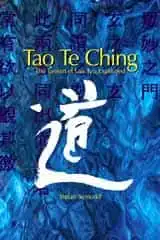 Tao Te Ching
Tao Te Ching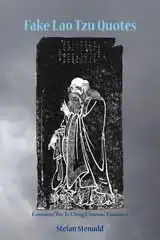 Now it's a book, too!
Now it's a book, too!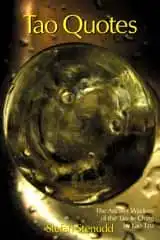 Tao Quotes
Tao Quotes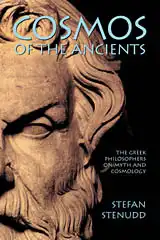 Cosmos of the Ancients
Cosmos of the Ancients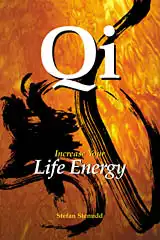 Qi — Increase Your Life Energy
Qi — Increase Your Life Energy Aikido Principles
Aikido Principles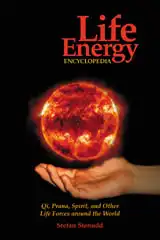 Life Energy Encyclopedia
Life Energy Encyclopedia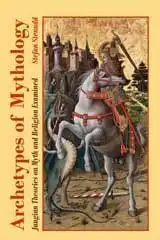 Archetypes of Mythology
Archetypes of Mythology Stefan Stenudd
Stefan Stenudd